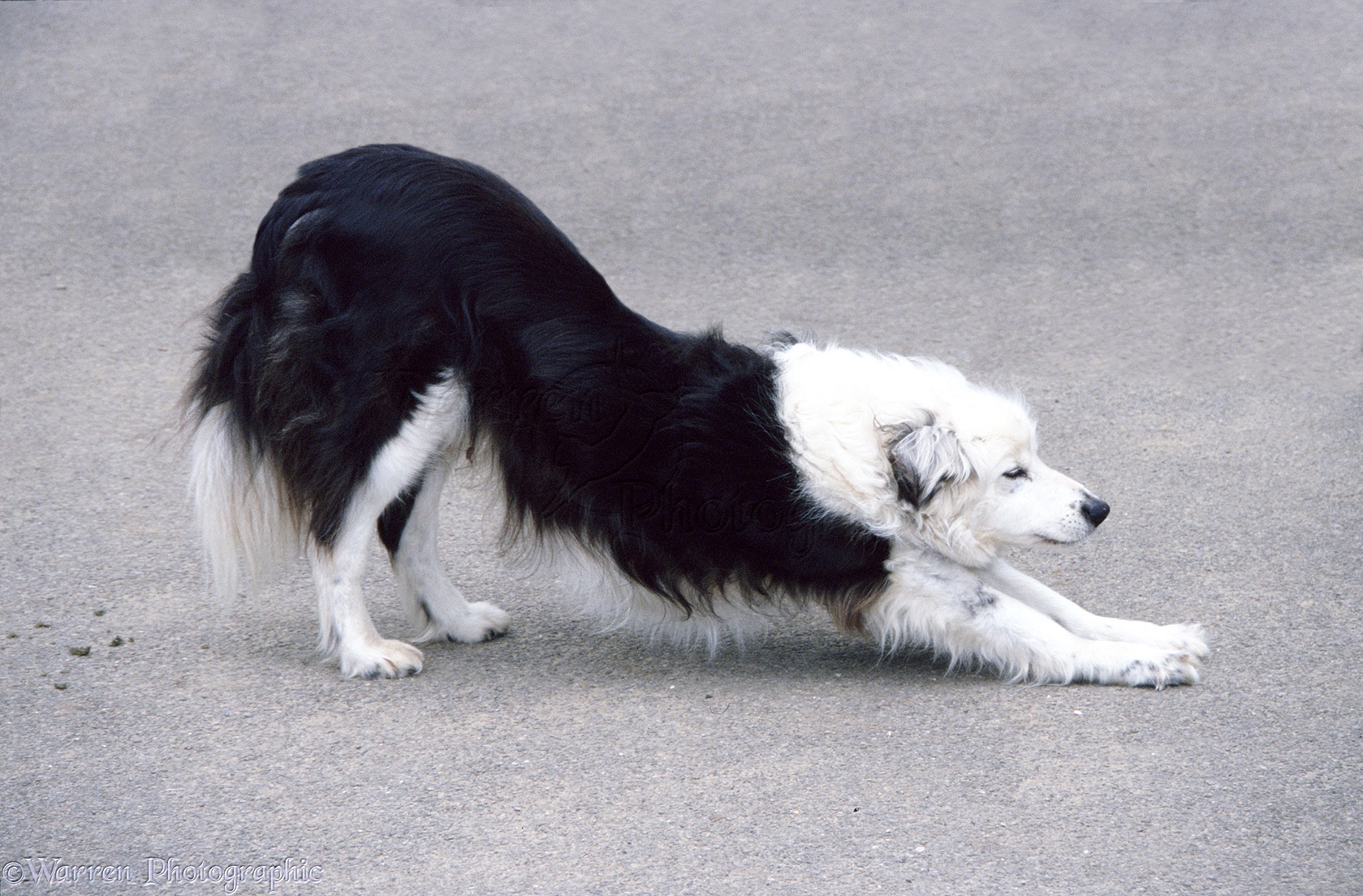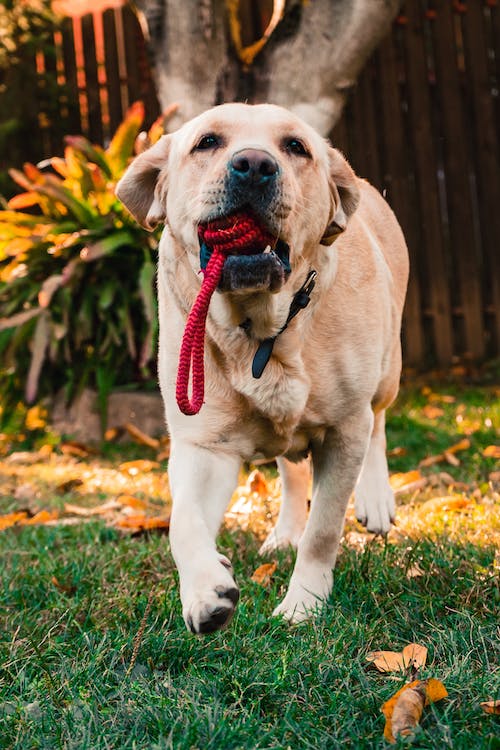You notice your canine companion doing downward dog frequently throughout the day. While a good stretch feels soothing releasing muscle tension, excessive extending elicits questions what motivates such frequent and dramatic demonstrations. Let’s dive into reasons behind these flexible moves decoding messages within outwardly cute contortions.
Common Explanations for Frequent Dog Stretching
From waking up to winding down at bedtime, dog stretches communicate more than meets the casual eye. Harmless explanations include:
Waking Warm Ups – Just like human yoga classes begin sessions limbering up gently, dogs instinctively transition active waking states stretching muscles tense from curled sleeping postures preparing for movementRicher oxygenation also energizes and refreshes while bones/joints unlock from slumbering positions as circulation improvespromoting smooth ambulation. These intentional morning stretches prevent injury overcompensating cold inactive tendons if immediately running full speed chasing squirrels instead.Establishing deliberate warm ups makes good musculoskeletal sense!
Neurological Calibrations – Sensory feedback systems rely stretching reorienting the brain internally mapping the ever changing body spatially. Neuro receptors realign and adapt coordinating optimal balance/proprioceptive precision for elegant agility.Frequent recalibrating ensures peak performance like a pilot double checking instrument panel guides before taking flight.
Scratch Access Improvisation – Short snouts, bulbous bellies and squat legs limit reaching certain itchy spots. Stretch twists scratch otherwise unreachable rear flanks or bellies mid-movement. Clever canines customize torso rotations maximizing arm/leg length hitting precise targets when brisk butt scratches required right now sooth best vs asking humans repeatedly provide similar relief indefinitely. Impressive flexibility serves them well!
Stress Relief Valve – Emotional comfort chemistry and nervous system equilibrium improves moving muscle groups in coordinated motions. Much like humans finding renewed focus rolling yoga child’s pose, dog’s intuitive biological impulses recognize self-soothing neural benefits elicited engaging spinal stretches realigning the body calmer overall when internal turmoil troubles externally seem overwhelming, uncertain or volatile invoking their outstretched stress relief reset ritual.
Sensory Stimulation – Stretching varies visual/spatial/auditory awareness immediately capturing fuller attention and faster response times afterwards. Energized muscles feed senses optimizing environmental vigilance noticing sights, sounds or smells more astutely once distracting tightness tensions give way realigning receptivity. It upgrades their experiential engagement acting instinctively on reliable impulses stretched bodies always function best.
Clearly canines consciously reap multifaceted gains thoughtfully repeating full frame feats flexing frequently. Don’t underestimate importance these intuitive therapies provide their welfare daily.
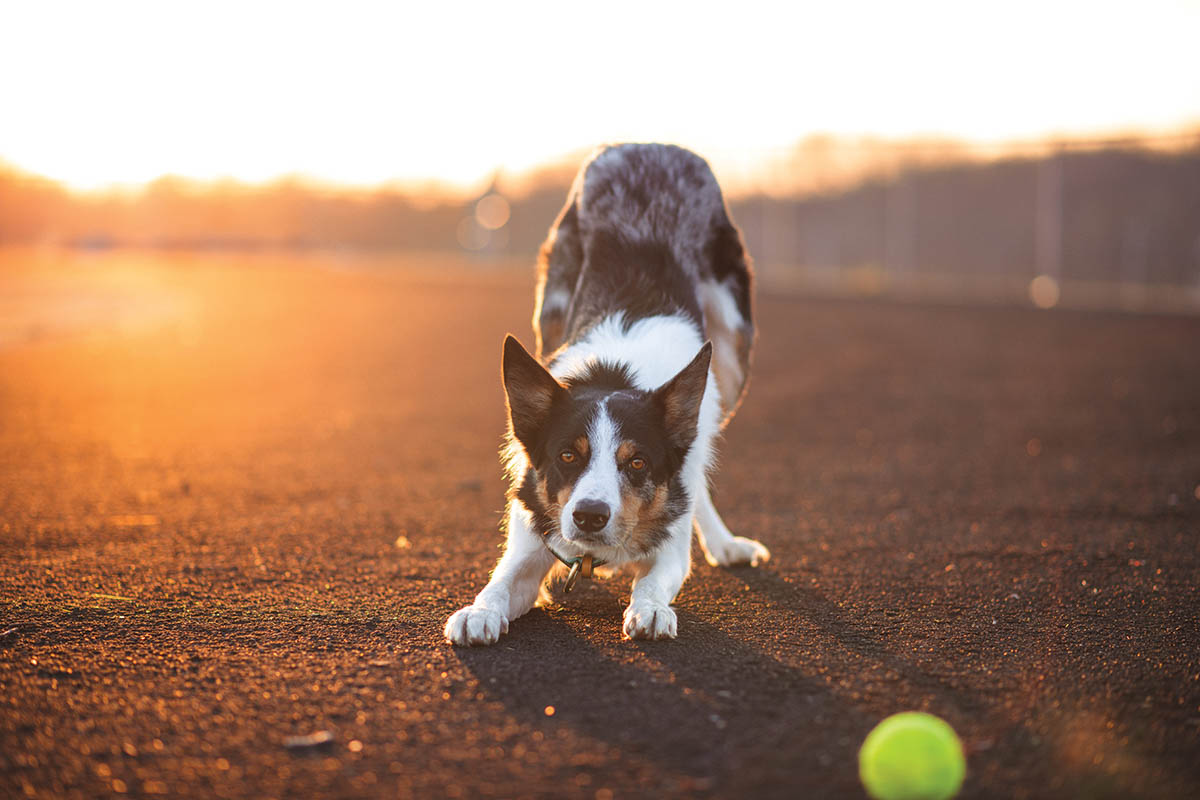
Concerning Reasons for Frequent Dog Stretching
While most dog stretching reflects healthy natural intuitive habits easing bodies optimally, potential pathological causes warranting veterinary discussions include:
Obesity – Overweight dogs stretch trying gain mobility stability despite restricted joint function/muscle strength literal body mass inhibits. They improvise twisting midsteps attempting acceleration momentum their heft prohibits. Losing excess weight improves mobility and stretch recovery rates.
Arthritis/Joint Pain – Senior or injured dogs often reflexively stretch trying align hips/knees attempting fleeting symptom relief from constant creaky joint/muscle aches exacerbating movements unpredictably. Heating pads, massage, medications plus strategic gentle exercise improves durable comfort better than repeated restless contortions seeking unsuccessful pain abatement eventually irritates inflamed areas further when overstretched without deeply addressing origins generating persistent flare ups.
Back Problems – Intervertebral disc disease causes painful nerve compression dogs communicate through arching/twisting various directions attempting quick but temporary spinal decompression until more sustainable therapies provide lasting results. Don’t assume stretches indicate graceful gazelle spines. Hidden spinal abnormalities necessitate veterinary diagnosis guiding appropriate steps improving function.
Gastrointestinal Discomfort – Vomiting, gas pains or abdominal cramps confuse innervation signaling between organs/ musculoskeletal networks manifesting frequent non purposeful shifting/stretching dogs link subconsciously trying reboot coordinated relaxation responses despite contrary pains provoking these persistent uncomfortable episodes externally seeming aimless anxiousness.
Osteoarthritis – Gradual generative joint deterioration isn’t consciously painful initially but breeds instability textures feeling unfamiliar promoting compensatory stretching cats trying rebalance unsure footing. Eventual lameness prompts diagnosis unless caught early managing changes proactively.
Allergies/Skin Disorders – Recurrent itching drives different body twists targeting especially bothersome areas legs can’t reach licking directly. Local/systemic allergies and yeast prompt obsessive scratching urges potentially damaging skin alongside perpetual positional contortions trying satiate persistent irritation maddening pups when antihistamines/antifungals provide substantive relief better long term.
So beyond behavior bids purely pleading more playtime, urgency urinating or fleeting muscle memory mechanics, frequent full bodied floor bows bearing concerning contexts deserve discussions determining appropriate solutions specifically improving your pup’s unique situation.
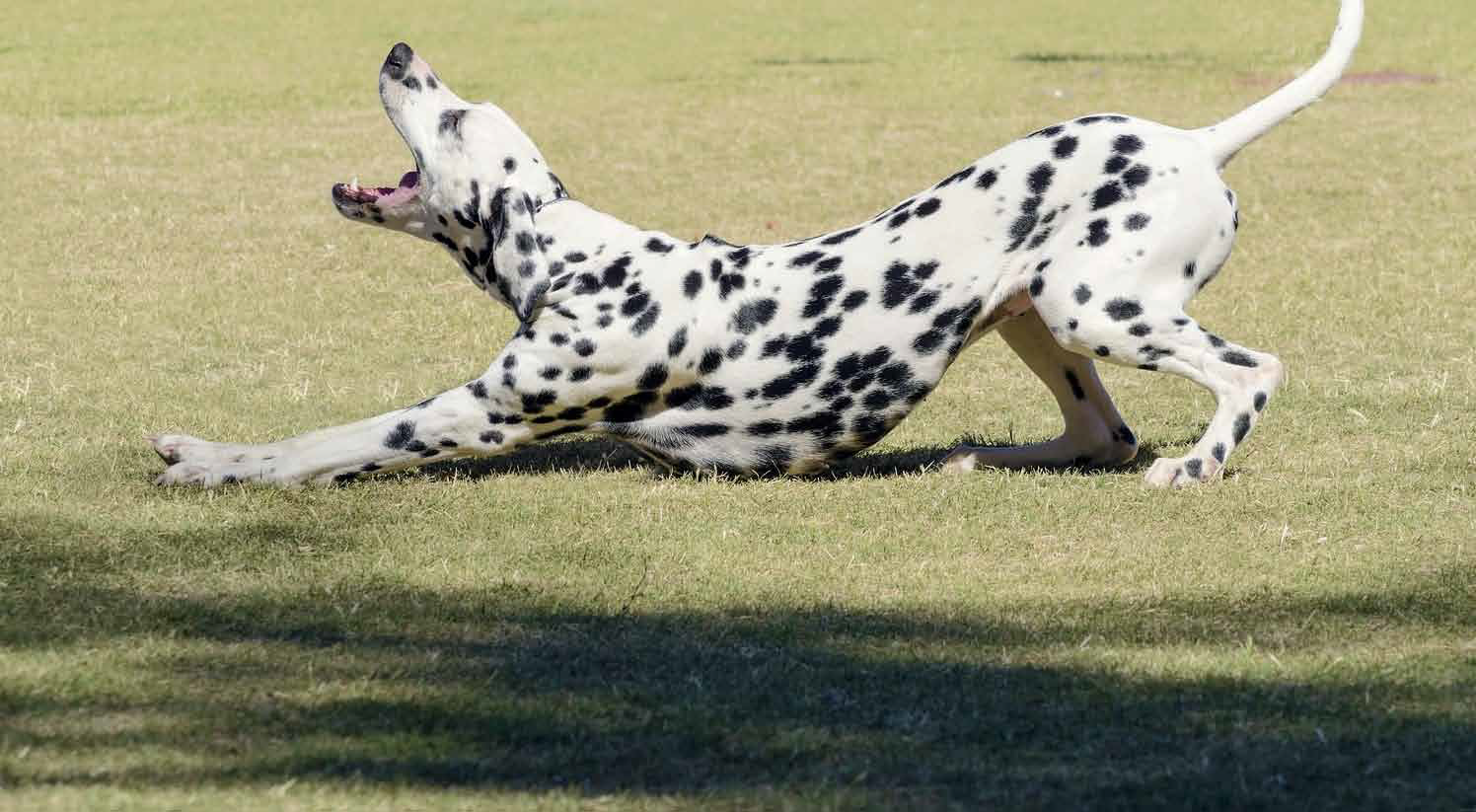
When to See the Vet About Frequent Dog Stretching
Monitor concerning symptoms suggesting underlying illness needing veterinary input if:
- Neurological deficits like limb weakness/paralysis accompany new stretching habits
- Lameness localizes one joint consistently worsening
- Signs progress rapidly overnight without injury explaining swift changes
- Stretching erodes restibility indicating uncontrolled pain
- Twisting becomes involuntary vs consciously intentional
- Overall lethargy/appetite loss accompanies new obsessive stretching
Veterinarians assess movement watching dogs walk/trot noticing compensations. They palpate spine/joints locating painful areas and check neurofunctioning responding normally pinching toes testing reflex reactions.
Getting better pictures what motivates mysterious mobility might require advanced diagnostics like CT scans or joint fluid taps analyzing cells shapeshifting inflammatory/infectious diseases causing movement impairments.
Bloodwork helps checking organ function alongside xrays illuminating bony abnormalities along the kinetic chain.
Don’t write off weird walking as “just stretching” too casually without thoughtful cause investigations ensuring medical oversights don’t compound musculoskeletal misery. The sooner accurate diagnosis guides appropriate treatment, faster healing progresses reducing painful problems provoking pointless pooch posturing.
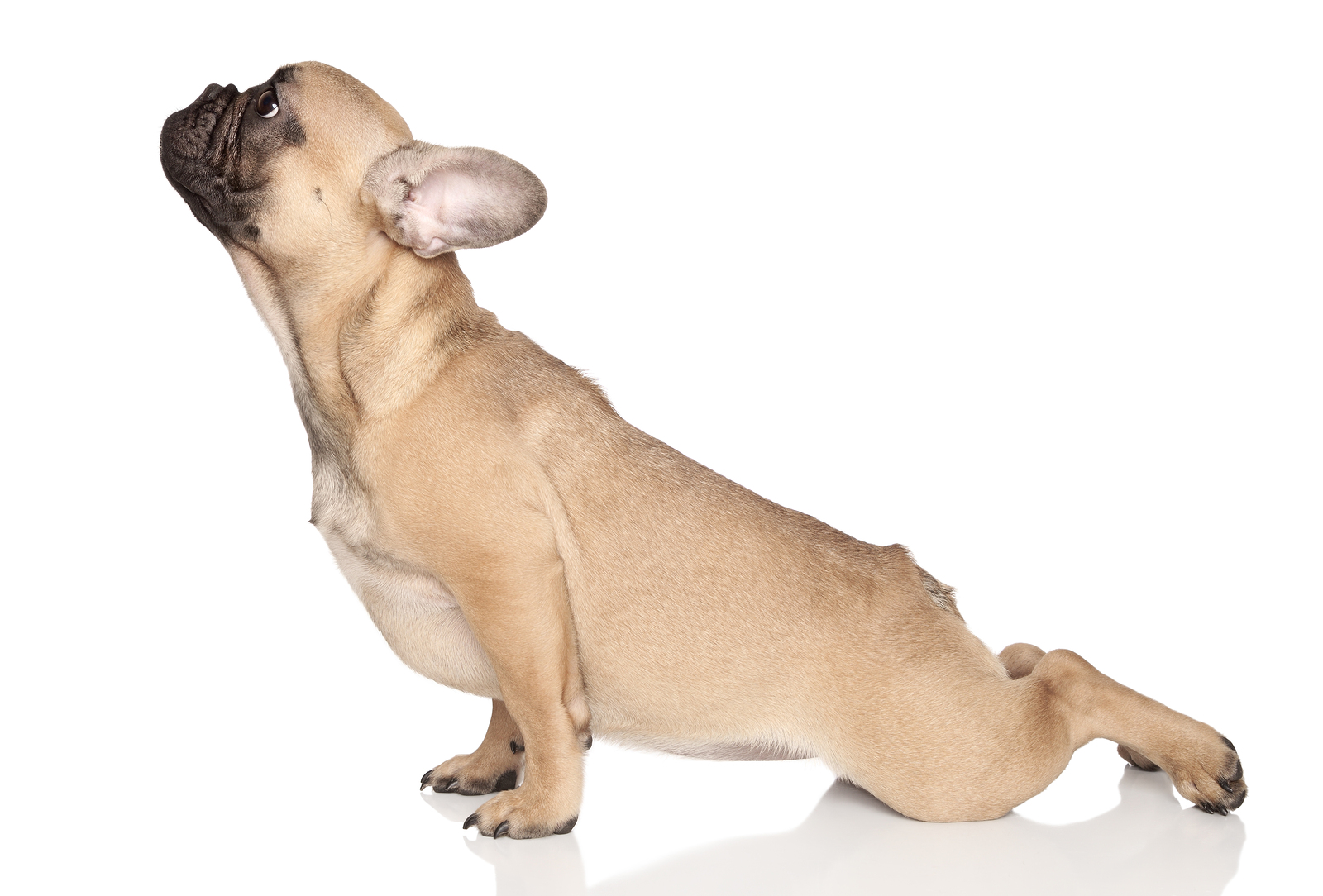
Helping Stretching Dogs Feel Better
Customize these measures supplementing veterinary recommendations ensuring your stretch-prone pup feels supported:
- **Massage **- Relax muscles and stimulate local circulation to areas like hips/thighs prone compensating most through repetitive stretching strain.
- Warm Baths – Improve joint mobility/comfort soaked in tepid water 10-15 minutes then gentle range of motion maintaining strength/flexibility.
- Acupuncture – Proven modulating pain pathways and inflammatory mediators reducing arthritis aches.
- Physiotherapy – Certified canine therapists guide perfect stretches/exercises building muscular support protecting vulnerable joints from over-articulation related injury long term.
- Chiropractic Care – Neuro-musculoskeletal experts re-align spinal biomechanics optimizing nerve communications critical coordinating graceful gait/dynamic movement.
- Adapted Activity – Importance supervising playtime intensity cannot overstate ensuring high impact risks avoided through floor level engagements tossing toys erring conservative better preventing re-strains until injuries heal fully expecting months realistically.
- Weight Management– Reducing pounds minimizes joint pressures exponentially improving mobility/flexibility when obesity compounds movement limitations needing comprehensive planning addressing root hunger/habit factors facilitating fat loss appropriately.
- Anti-Inflammatories– Both steroidal and newer generation non-steroidals provide pain relief realigning overactive inflammatory responses attacking body tissues eventually eroding function from generative musculoskeletal disease.
Holistic wellbeing springing from physical comfort, emotional security and environmental harmony centers dogs most meaningfully. Surround them sensitively during vulnerable chapters ahead giving comprehensive tools tackling transitional trials as their health needs evolve inevitably through aging. Love them stretched.
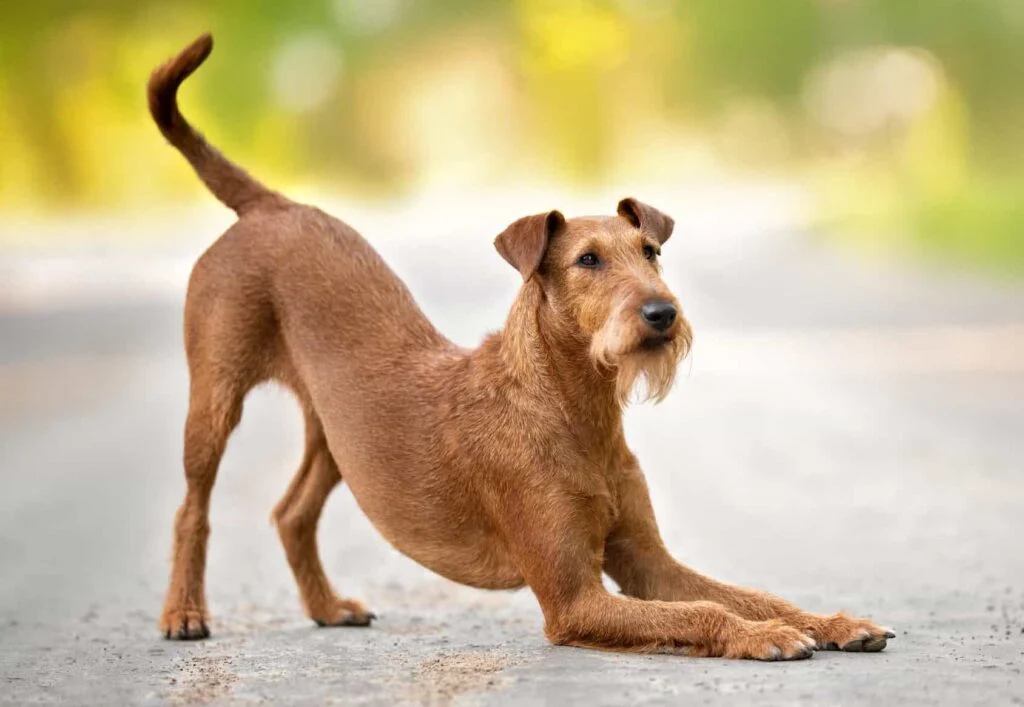
Preventing Injury in Stretching Dogs
Maximize safe stretching preventing strains:
- Maintain lean muscle body conditions through measured feeding/activity ratios appropriate breed sizes/ages. Excess weight strains connections collapsing athletic potential.
- Warm up/cool down bookending vigorous exercise sessions. Sudden sprinting cold turkey risks overextending muscles vulnerable tearing before calibrated ready first.
- Massage frequently soothing fascia tightness building flexibly for demanding performance. Tissues remains responsive not short/rigid functionality eroding through scar adhesions guarding inflamed spaces. Soft matters.
- Stretch reasonably within range of motion limits not hyperextending joints laxity invites instability and damaging lands enduring arthritically. Honed training strengthens durability.
- Monitor play obsessiveness. High drive dogs escalating intensity levels hyperfocused themselves often overdo ignoring soreness signals afterwards until noticeable lamenesses halt heedless harm already occurred. Responsible pacing prevents injury repenting later.
- Provide purpose promoting mentally stimulating occupations centering dogs feeling satisfied minimizes harmful impulsive energy expulsions left accidentally hurting without oversight outlets established. A peaceful pet rarely wrecks recklessly.
Equip explosive enthusiasm properly preparing bodies asked perform athletically sound through smart foundations first, then consistent common sense caretaking reduces regretful outcomes unnecessarily incurred. Protect their potential persisting lifelong vibrantly. Prioritize prevention each day.
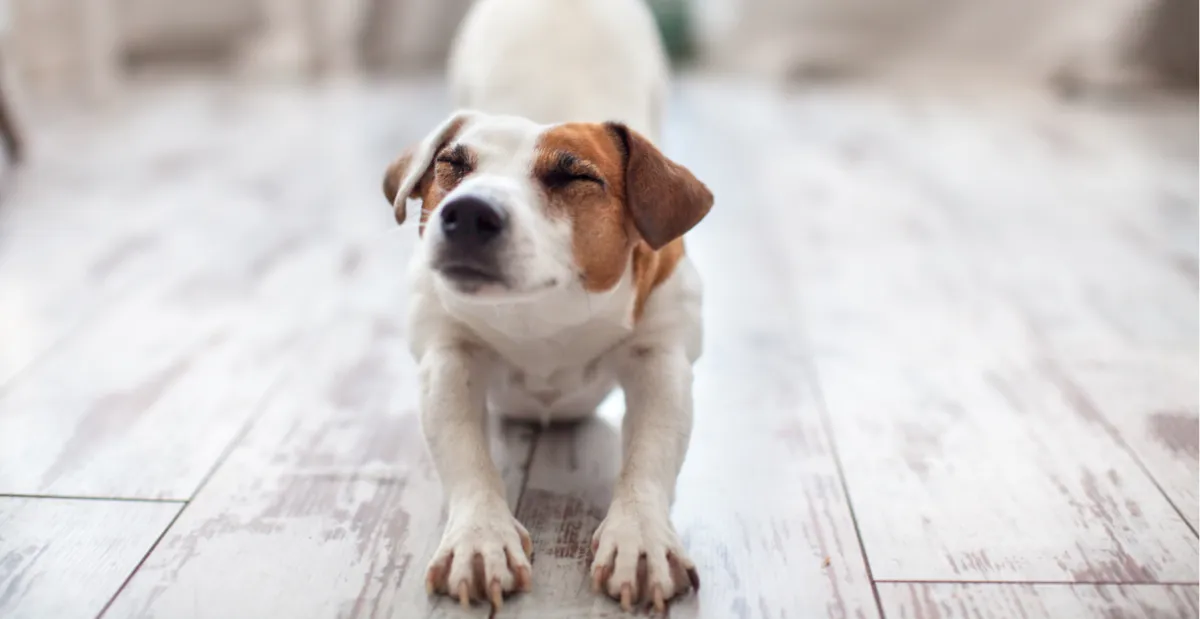
The Bottom Line
Rather than quick curbside judgments labeling stretch-happy pets as spasmodic, better explore what meaningful motives drive these instintinve inversion improvisations beyond face value assumption it serves no purpose. Compassionate observations note contexts offerring clearer concepts what truly triggers Labs latching leashlessly enjoying their afternoon downward dog poses. Delve deeper respecting there exists sensitive physical/emotional reasons behind almost every quirky canine quirk once bothered understanding. Support their comfortable mobility muzzling misery through veterinary guidance rather dismissing conduct casually without thoughts what messages might convey. Love all their intuitive impulses expressed uniquely doggie style.
Frequently Asked Questions
Q: Is it safe for small breed senior dogs to stretch and play hard?
A: Likely no. Smaller dogs become elderly faster more vulnerable to overexertion injuries like ligament tears or spinal disc ruptures risking dangerous paralysis. Adapt lower impact engagement swapping hard play for gentle training games, massage and supervised potty walks to reduce risk while supporting mobility.
Q: Why does my dog stretch every time before we go on a walk?
A: Conditioned anticipation habit excited knowing adventure awaits! Transitional routines manifest physically through eager muscles warming up instinctively prepared facilitating fullest functional potential- mentally mapping paths, nose receptors awakening discerning neighborhood scents more acutely and cardiovascular systems gradually accelerating alkalizing circulatory efficiency longing expel restless energy stored from previous idle periods now joyously released exploring together.
Q: Is stretching right after eating dangerous for dog’s health?
A: Potentially yes- exercising vigorously immediately following meals risks dangerous gastric torsion bloat scenarios best avoided waiting minimum 2 hours allowing full digestion occur preventing any twisted organ positioning obstacles during peak earlier abdominal blood flow demands. Let the food settle first!
Q: My senior dog can’t stand up without stretching first. Why?
A: Musculoskeletal pain/stiffness makes coordinated standing arduous until sufficient spinal extension mobilization movement occurs relieving compressed arthritic joint sensory receptors signaling relief finally able attempt locomotion again with lessened discomfort. Their patience ritual pays off in time.
**Q: At what point are my dog’s stretching habits considered obsessive/compulsive? **
Any repetitive unnecessary activity stealing over 20 minutes daily neglecting other priorities like eating, toileting or usual playtime enjoyment indicates displacement behavior needing addressing. Note it’s frequency, duration and any believed triggers perpetuating endless odd stretching loops requiring veterinary guidance curtailing through diagnostics plus training modifications catering their underlying anxiety/stress/medical needs specifically.
